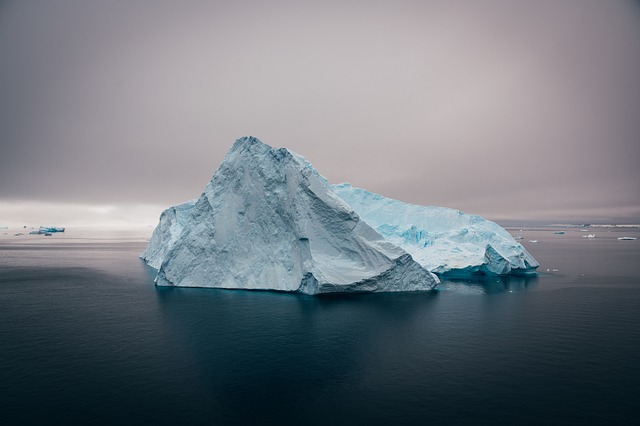It’s fitting that icebergs are front and center every Spring and have worked their icy
way into our commerce. It’s a “good” year for icebergs, some say, and means something. They matter to us. They are dollars in a place badly in need of dollars.
The problem is that central to this whole thing is the idea that icebergs are unpredictable. How many will there be and where will they go? I remember a story told to me a few years ago of a tourist asking someone on Signal Hill the wonderful question: “What time do the icebergs come by?”
It must have been tempting to answer, “4:30 p.m., ma’am.”
We consider today the iceberg “event” that changed forever how we human beings see ourselves.
There is an argument to be made, and it has been made by wiser than me, that the 20th century began not when the calendar of Pope Gregory rolled into 1900 but rather when the stately and ill-starred RMS Titanic scraped along the side of a giant iceberg off Newfoundland on an April night in 1912. When Titanic, with her rivets popped and mortally wounded, sank four hours after the initial collision and slipped beneath the waves she took with her to the bottom the lives of over 1,500 human beings.
Titanic took four more last year when the ill-starred adventure submersible Titan imploded on her way to the bottom and for a look at the Titanic wreck.
Titanic took more than lives in 1914 because she took with her as well the spirit of a technological civilization that thought it could do anything. It was the end of “the golden age” and the beginning of uncertainty and turmoil that included financial reverses and the beginning a couple of years later of “the war to end all wars”.
It was an iceberg that marked the end of the glorious era that was part of the late 19th century industrial revolution. Like great fools we thought the progress of the world was a straight line that was forever in an upward direction and that progress was an unfolding of events that was; inevitable.
It wasn’t. We thought man and his machines were rolling headlong into a magnificent future. Man, the inventor; man, the architect; man, the conqueror of nature and man the master of all he surveys. That bold idea ended on an April night when an iceberg drifted into the lives of a smug and self-satisfied society.
As an instrument of disaster, the iceberg was perfect. It was silent and magnificent and represented beautifully the nature that man sought to tame and overcome. It presented to the unsuspecting world in the perfect way. Nine tenths of it was hidden beneath the surface of the Atlantic that on that April
night was calm. Captain Edward Smith knew of icebergs in the vicinity because he had been warned but like all marine disasters, without exception there were “warnings ignored” as part of the pernicious alignment of the of stars that brings man to his knees.
The iceberg had no name. It was never seen again but Newfoundland poet E.J. Pratt was to preserve
it forever when he wrote:
“And out there in the starlight, with no trace
Upon it of its deed but the last wave
From the Titanic fretting at its base,
Silent, composed, ringed by its icy broods,
The grey shape with the palaeolithic face
Was still the master of the longitudes.”
You can contact Jim Furlong at [email protected]
